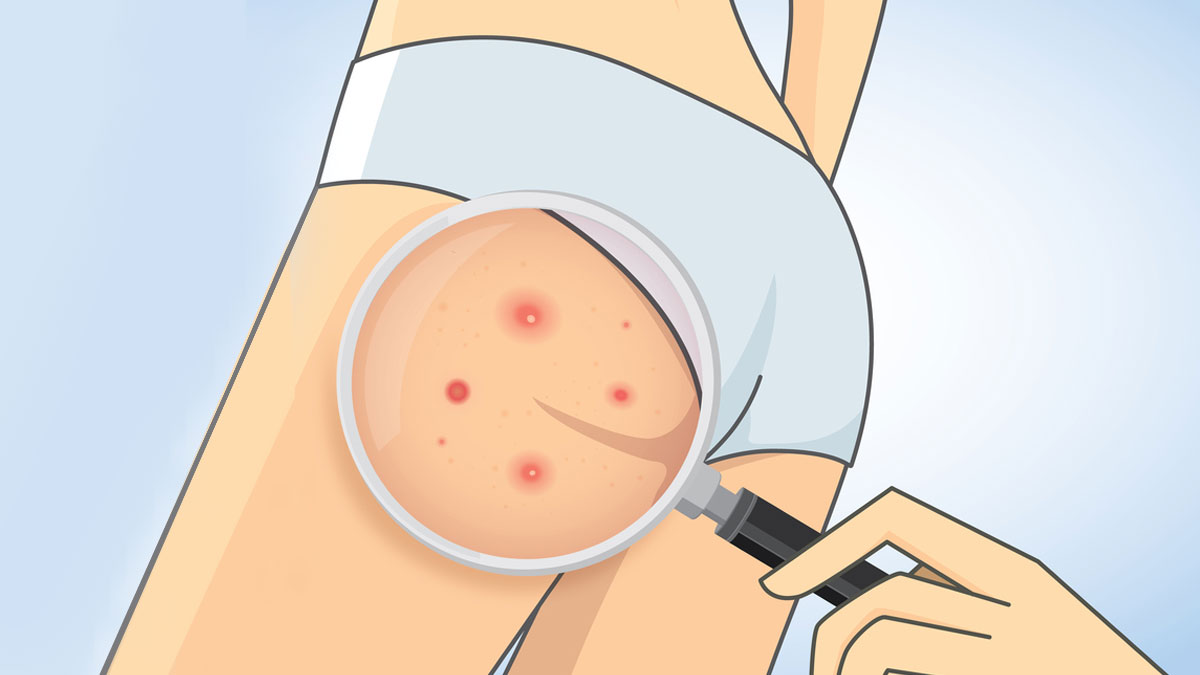Dermatologist Tips for Managing Keratosis Pilaris: Expert Advice for Beauticians
As a beautician, you're probably well-acquainted with various skin conditions, but one that often leaves both clients and professionals scratching their heads is keratosis pilaris. This widespread yet often frustrating skin issue appears as tiny, rough bumps, reminiscent of goosebumps or chicken skin. Gaining insights into how to effectively address this condition can greatly boost your clients' satisfaction and trust in your skills. In this article, we explore expert tips from dermatologists on keratosis pilaris, providing you with essential knowledge to guide your clients toward effective solutions.

Understanding Keratosis Pilaris
Before diving into treatment strategies, its crucial to grasp what keratosis pilaris entails. This condition arises when keratin, a protein naturally found in the skin, accumulates and obstructs hair follicles, leading to the formation of small bumps. It commonly appears on areas like the arms, thighs, cheeks, and buttocks. Although its not harmful, it can be disheartening for anyone in search of smooth, flawless skin.
For a deeper dive into keratosis pilaris, consider checking out the British Skin Foundation's page.
Identifying the Triggers
To manage keratosis pilaris effectively, its essential to pinpoint potential triggers. Factors like dry skin, cold climates, and genetic tendencies can worsen the condition. As a beautician, you can help your clients by promoting proper skin hydration and advising them to avoid harsh weather when possible. Suggest using humidifiers during winter and encourage a regular moisturizing routine to keep their skin smooth.
Gentle Exfoliation is Key
A top recommendation among dermatologist tips for keratosis pilaris is to promote gentle exfoliation. Encourage your clients to understand the importance of eliminating dead skin cells without causing irritation. Products containing ingredients like lactic acid or salicylic acid can be particularly beneficial, as they help to dissolve keratin plugs and create a smoother skin surface. However, remind clients to avoid over-exfoliating, as that can lead to increased irritation.
Hydration is Crucial
Hydration plays a vital role in managing keratosis pilaris. Recommend moisturizing creams featuring ingredients such as urea, glycerin, or alpha hydroxy acids. These elements work to retain moisture and enhance overall skin texture. A consistent moisturizing regimen can dramatically diminish the look of bumps over time.
Advanced Treatments
For clients interested in more intensive solutions, consider suggesting professional treatments like chemical peels or microdermabrasion. These procedures can effectively reduce the rough textures commonly associated with keratosis pilaris. Its important to make clients aware that multiple sessions may be required for the best results.
Setting Realistic Goals
While significant improvements can be made, its crucial to set realistic expectations with your clients. Keratosis pilaris is a chronic condition with no definitive cure. However, through persistent care and the right approach, its visibility can be minimized. Encourage your clients to exercise patience and consistency in their skincare routines.
To learn more about professional treatments, you might find this Harvard Health article quite informative.
Additional Tips for Beauticians
- Keep yourself updated on the latest research and products focused on keratosis pilaris.
- Participate in workshops or seminars to refine your knowledge and skills in managing skin issues.
- Provide tailored consultations to assess each clients unique skin care needs.

FAQ Section
What is the most effective treatment for keratosis pilaris?
While theres no cure, consistent exfoliation and moisturizing can significantly enhance skin texture. For stubborn cases, professional treatments like chemical peels may be beneficial.
Can diet impact keratosis pilaris?
Theres no direct correlation between diet and keratosis pilaris, but a balanced diet may improve overall skin health. Suggest that clients stay hydrated and include plenty of fruits and vegetables in their meals.
Is keratosis pilaris contagious?
No, keratosis pilaris is not contagious. It is a genetic condition that does not spread through contact.
With these expert dermatologist tips for keratosis pilaris, you're now better prepared to help your clients manage this common skin concern. Remember, patience and commitment are key, and your professional guidance can play a significant role in helping them achieve smoother, healthier skin. Also, for tips on related conditions, check out folliculitis, acne solutions, and buttocks KP.

